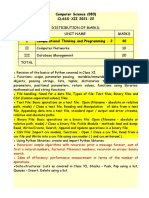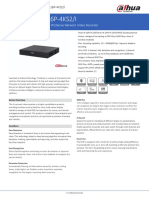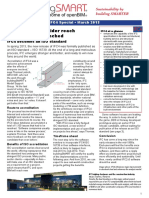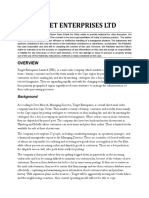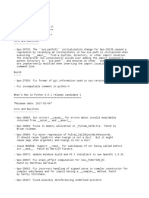0% found this document useful (0 votes)
18 views3 pagesPython File Handling Guide
This document provides an overview of file handling in Python, detailing the types of files (text and binary), file operations (opening, writing, reading, and closing), and the use of the 'with' clause for automatic file closure. It also introduces the Pickle module for serialization and highlights key differences between various file handling methods. Good practices for file handling are emphasized, such as ensuring files are closed properly and using the correct modes for binary data.
Uploaded by
safak7248Copyright
© © All Rights Reserved
We take content rights seriously. If you suspect this is your content, claim it here.
Available Formats
Download as PDF, TXT or read online on Scribd
0% found this document useful (0 votes)
18 views3 pagesPython File Handling Guide
This document provides an overview of file handling in Python, detailing the types of files (text and binary), file operations (opening, writing, reading, and closing), and the use of the 'with' clause for automatic file closure. It also introduces the Pickle module for serialization and highlights key differences between various file handling methods. Good practices for file handling are emphasized, such as ensuring files are closed properly and using the correct modes for binary data.
Uploaded by
safak7248Copyright
© © All Rights Reserved
We take content rights seriously. If you suspect this is your content, claim it here.
Available Formats
Download as PDF, TXT or read online on Scribd
/ 3






























